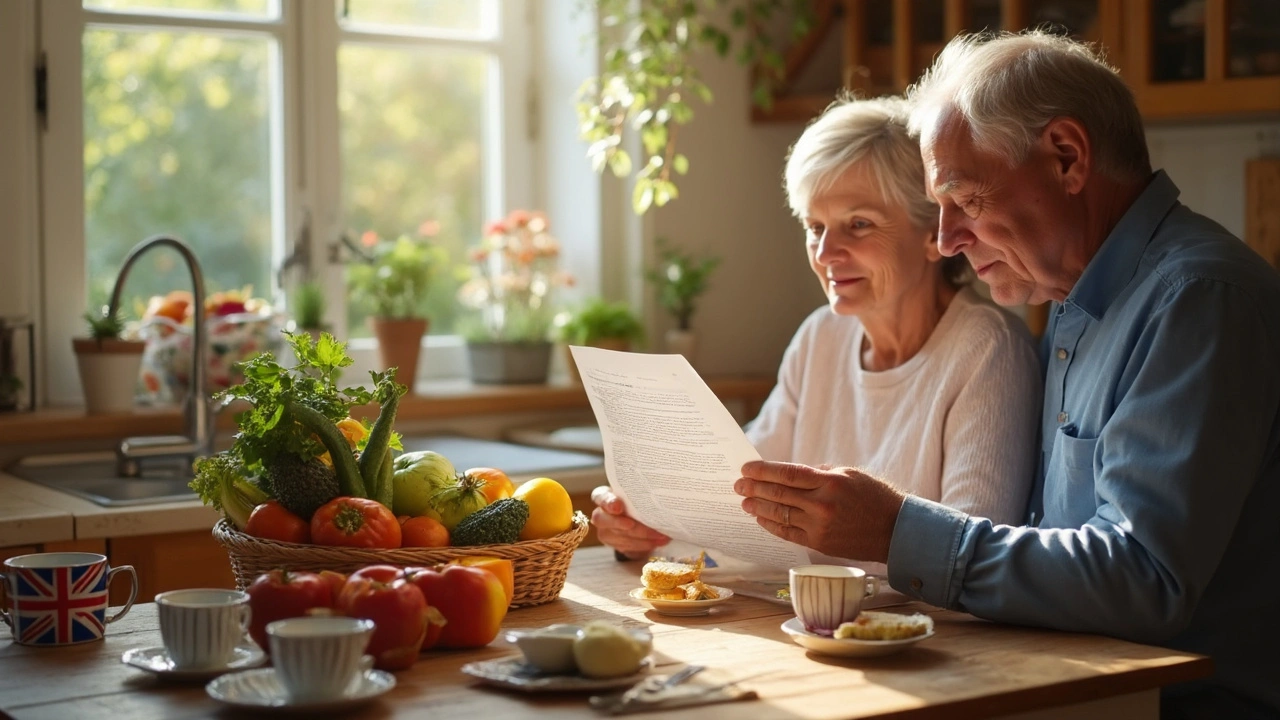Natural Statin Alternatives – How to Lower Cholesterol Naturally
Looking for ways to keep your cholesterol in check without reaching for a prescription? You’re not alone. Many people want the heart‑healthy benefits of statins but prefer a more natural route. The good news is that several foods, supplements, and everyday habits can act like a statin in your body, helping you manage LDL levels and protect your heart.
Top Foods That Act Like Statins
First up, what you eat matters a lot. Oats are a classic example—thanks to soluble fiber, they bind cholesterol in the gut and prevent it from entering the bloodstream. A bowl of oatmeal or a handful of oat bran each morning can shave a few points off your LDL.
Next, think about nuts. Almonds, walnuts, and pistachios contain plant sterols and healthy fats that compete with cholesterol for absorption. A small handful (about 30 g) as a snack or sprinkled on a salad does the trick without adding too many calories.
Don’t overlook legumes. Beans, lentils, and chickpeas are rich in both fiber and protein, which help lower cholesterol and keep you full. Swap out a meat‑based side for a bean salad a few times a week for steady results.
Then there’s fatty fish. Salmon, mackerel, and sardines bring omega‑3 fatty acids that lower triglycerides and may modestly raise HDL (the good cholesterol). Aim for two servings per week; the benefits add up quickly.
Lastly, add some fruit that’s high in soluble fiber, like apples, pears, and berries. Eating them whole—not juiced—gives you extra pectin, a fiber that slows cholesterol absorption.
Supplement Options and Lifestyle Hacks
If you need a boost beyond food, a few supplements have solid backing. Red yeast rice contains a naturally occurring statin-like compound called monacolin K. It’s been shown to lower LDL in many users, but check with a doctor first, especially if you’re already on medication.
Plant sterol and stanol drops or fortified spreads are another easy add‑on. They work by blocking cholesterol from being taken up by the intestines. One teaspoon a day can cut LDL by 5‑10 %.
Garlic extract also gets a mention. Some studies suggest that a high‑dose supplement (around 1,200 mg daily) can modestly improve cholesterol numbers, though the effect isn’t as strong as the foods listed above.
Beyond pills, lifestyle changes matter. Regular aerobic exercise—like brisk walking, cycling, or swimming—for at least 150 minutes a week lifts HDL and improves overall heart health. Even short, daily walks make a difference.
Finally, keep weight in check. Even a 5‑% loss of body weight can lower LDL and raise HDL. Focus on gradual, sustainable changes rather than crash diets.
Putting it all together doesn’t have to be overwhelming. Start by swapping sugary breakfast cereals for oatmeal, add a handful of nuts as a snack, and plan a fish dinner twice a week. Then, if you want extra support, consider a plant sterol spread or red yeast rice after talking to a healthcare professional.
These natural statin alternatives aren’t magic bullets, but they form a solid foundation for healthier cholesterol levels. Stick with them, monitor your numbers, and you’ll likely see steady improvement without the side‑effects that sometimes come with prescription statins.

